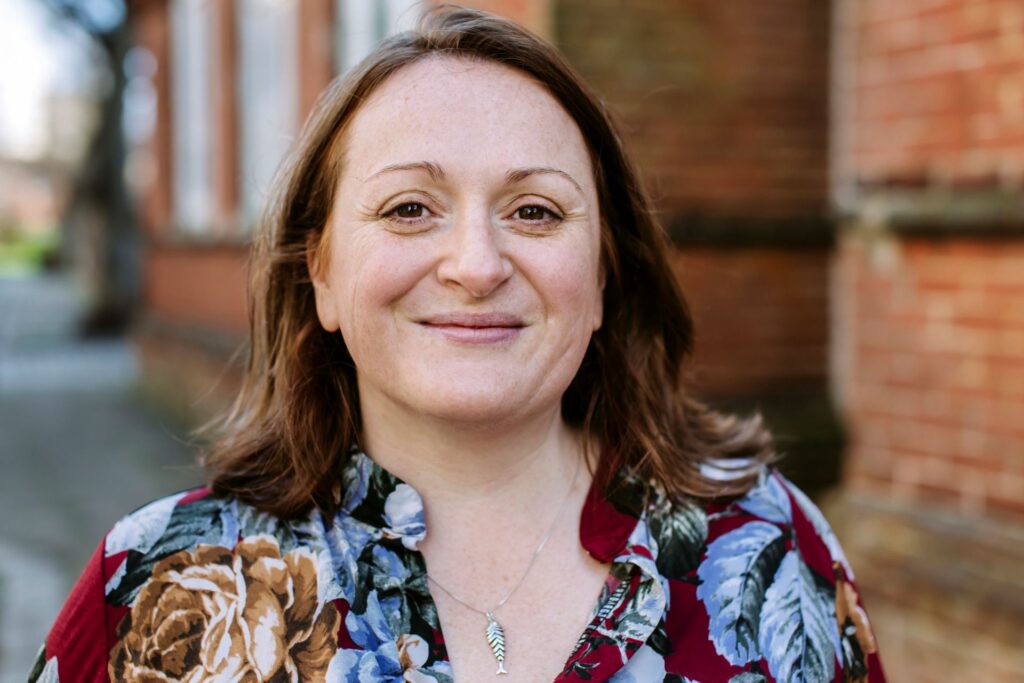
Plastics are an increasing risk to people’s health. We speak to Dr Fay Couceiro, an expert in environmental pollution at the University of Portsmouth, about why plastics is a problem that will only get worse
We already know that plastics have reached the remotest parts of the planet; the deepest seas and poles of the earth. We know they are in our food, in water, in our bodies.
What we might not realise is that every breath we take ushers tiny fragments of plastics into our lungs. And these fragments – microplastics – are even found in the clean air of the mountains and Arctic. Everywhere scientists have searched, they’ve discovered airborne plastic.
This worries Dr Fay Couceiro, an expert in environmental pollution at the University of Portsmouth. She’s been measuring levels of microplastics in the air, and how everyday activities – kids bouncing on beds, vacuuming – might stir them up and increase the levels we inhale.
Scientists know very little about how these tiny flakes and fibres of airborne plastic affect us. Previous research has focused on the impacts of polystyrene beads than other polymers for plastic particles, largely because these are easier to source. Smaller particles can pass the body’s defences to enter the lungs, she says. “We know we’re breathing them in, but not what they are doing to us.”
Indoors, the concentration of microplastics might be 60 times or more, higher than outdoors, according to some studies, she says – and in the UK we spend 90% of our time inside.
“We know that at very high concentrations, airborne microplastics can cause inflammation and asthma-like symptoms, and possibly cancer,” says Couceiro (pictured below). But we don’t know at what level they become harmful, nor the effects of different types of polymers, or different fragment shapes.

“Information is sparse,” she says. “But we know that the burden of all air pollution on children’s lungs is much higher than it is per weight on adults.” Some 10% of the UK population now has asthma, and numbers of sufferers have increased since the 1970s – while levels of plastics in the environment have soared. “We don’t know if they’re directly linked, but we’d like to find out,” says Couceiro.
Plastic is a wider problem that will only get worse, scientists say. Once manufactured from fossil fuels, it never goes away: bottles and bags simply break down into smaller particles which can hang around for centuries. The more that is produced, the more that accumulates. Latest figures from lobby group Common Seas show some 370 million tonnes of plastic were made worldwide in 2019 – and this is expected to treble by 2050 at current rates of growth.
While microplastics incorporate any fragment smaller than five millimetres, airborne plastics tend to be shorter than a millimetre and light enough to drift in the air. They shear off clothing, from food packaging, carpets, sofas and other everyday goods. Couceiro looks at different shapes – some particles are long and thin, others irregular.
In the past, scientists have measured levels of microplastics in the air with simple collection methods using sticky tape or containers to look at deposits over time. But these only gather the fragments heavy enough to settle as dust.
Couceiro wants to conduct a more thorough environmental analysis. While the pandemic has delayed Portsmouth researchers from examining what young people, sick people and the elderly breathe in, Couceiro has begun to look at the shape, size and type of airborne plastics. “I think ultimately we should be looking in schools, hospitals and care homes,” she says. “If we are going to spot any impacts in healthy populations, it will likely be in children and the elderly.”
Rates of inhalation and ingestion of micro plastics are greatest in children under six. Researchers have found they breathe in three times more microplastics than average, because they breathe faster, they typically have more floor time, put their hands in their mouths and they’re relatively smaller.
The dark side of plastics
Plastic was first mass produced in the 1950s and since then some 8.3 billion tonnes have been made – and 80 per cent of that is estimated to be found in landfill, or in nature. Every year the quantity of plastic produced rises by about 3%, and 90% is not recycled.
Microplastics find their way into the environment via various routes. Largely they break down from larger plastics, but they have been manufactured for products such as cosmetics and toiletries and industrial goods. These particles are small enough to leach through water filters into the seas – researchers have found them in marine and fresh water fish and creatures.
Not enough is known about human health risks of plastics. Research shows that when plastic enters someone’s system, it can have an inflammatory effect, even cross placentas and settle in human organs. Experts led by Dutch Vrije University are beginning to investigate if and what types of plastics are in human blood.
Research suggests pathogens can attach themselves to plastic particles in the water – raising concerns about the potential to spread infectious disease.
Couceiro is also looking at how we can limit exposure to these microplastics. Close weave carpets rather than hard floors create more plastic fibres, as do synthetic clothing. Carpeted homes have nearly twice the number of plastic fibres than those without carpets, researchers have found. Hoovering frequently – twice a week – can help limit them, and opening windows lessens the concentration of airborne plastics indoors.
A large citizen science project is underway, led by the University of the West England and funded by UK Research and Innovation, for people in Bristol and Bradford to measure airborne plastics in their homes. Using passive samplers and low cost microscopes they can take images of minute particles, which will be analysed by machine vision.
Once Couceiro’s team understands which types of plastic are most prevalent, they can also begin to examine how particles affect lung cells, and how this varies according to changing concentrations, size and shape. Couceiro would also like to investigate human tissue samples “to see what’s in us”, investigating saliva and lung tissue.
She’d also like to work with respiratory academics to investigate the impact of certain types and sizes of particles on lab grown tissues. This is harder than it sounds – in the atmosphere, microplastics can bond or mix with other particles and must be separated by chemicals, which can then affect toxicity tests. “It’s difficult to prove all the toxicity comes from the plastics and not the chemicals we’ve added to separate them,” she says. To combat this, experts must synthesise their own samples down to between one and 10 micrometres – nearly a tenth of the width of a human hair. “These are the ones that can reach our lungs.”
Common Seas has been lobbying the government to commit some £15 million of research funding to accelerate investigations into the health impact of plastics.
Are there any safe levels of exposure? “Work with microplastics is still in its infancy,” says Couceiro. “There’s a belief among medical experts that although microplastics probably only make up about one to 10% of what’s in the air indoors, they don’t biodegrade, they’re very robust and likely to be causing problems.”



